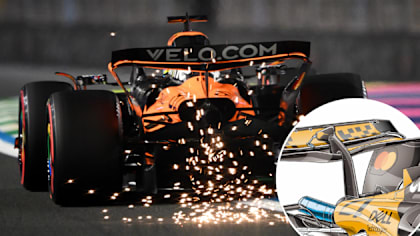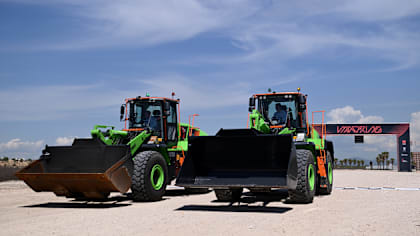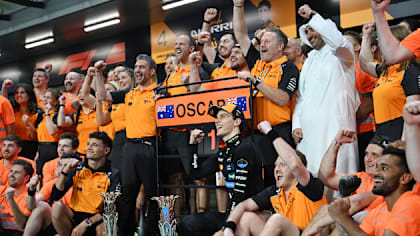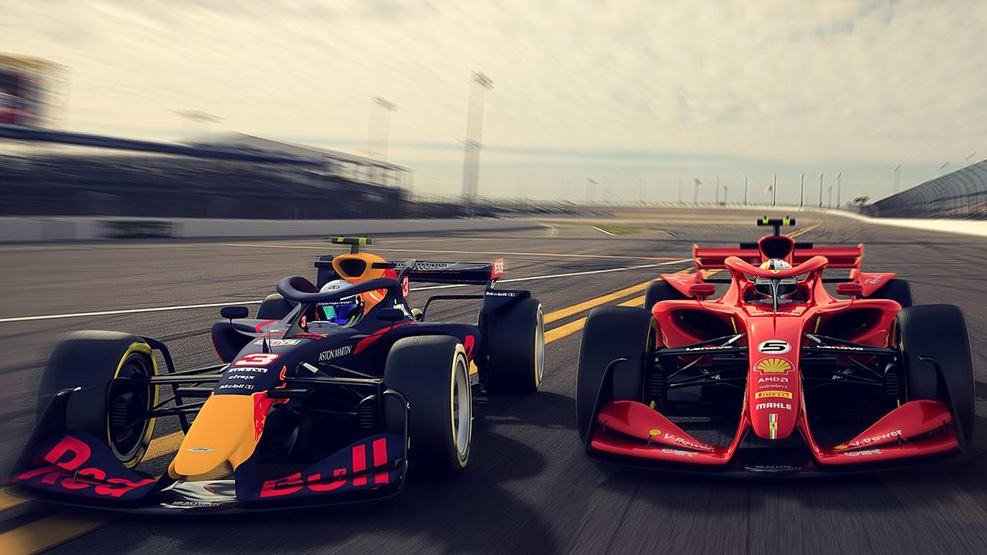
Technical
2021: A first look at concepts for F1's future
Share

Style and substance. F1 has been working with the FIA and the teams to create a Formula 1 car for 2021 that delivers better racing and has the looks to match. The design will continue to evolve over the next year but here’s a first look at the concepts that will shape F1’s future…
Ferrari have taken the fight to Mercedes this year, with Red Bull getting involved and fighting for top honours, too. And F1 is working on a design for a future car that will increase the chances of great fights, all the way down the field, every year.
High on the agenda, then, is a solution to allow cars to follow each other more easily, which in turn should increase the opportunities to overtake. But there is also a desire to have cars that look so good, kids want to have posters of them on their walls.
“When we started looking at the 2021 car, the primary objective was to enable the cars to race well together,” says Formula 1 motorsport boss Ross Brawn. “What we established early on in our research is the cars we have now are very bad in following each other.
“Once the cars get within a few car lengths of each other, they lose 50% of their downforce. That’s a substantial amount of performance lost. So we set about understanding why that was and how we can improve it. I’m pleased to say we’re at about 80%.
“As time has gone on, another of the primary objectives was to make great looking cars. We want cars that look better than what you see in a video game, cars that kids want to have up on their walls. At each stage, as we have been evolving the car, we’ve had someone we are working with create a graphic representation artist to give us a feel of what the car could look like.
“That is not to control the development, because it’s critical this development achieves its objectives, but why shouldn’t we have great looking cars as we’re evolving the cars? We want a car that is inspiring. F1 is the pinnacle of motorsport and the car should look sensational.”
The concepts
1 / 5
F1 has worked hand in hand with governing body the FIA throughout, while the teams have been kept in the loop, too. This process has led to a series of concepts, which have evolved in three stages – and will continue to develop.
The first concept (above) shows how the halo cockpit protection device can be much more integrated and subsequently more aesthetically pleasing.
The second concept (above) is more refined and stylistically more aggressive. “As the aerodynamicists were evolving the car, the graphics designer was taking where they were and trying to capture it at each stage,” says Brawn.
“Concept 2 is a bit more extreme. One of the things you’ll see is the bigger wheels. We’re committed to 18-inch wheels for the future. They look better but there are a lot of technical reasons why we want them.”
1 / 2
The third concept (below) is the most current but there are still a lot of interesting ideas that have come out of the research that haven’t yet been brought to life by the artist. However, in this concept you can see the first signs of devices to control the way the airflow comes of the wheels.
“The tyres and the wheels are the dirtiest area of the car, they cause huge disruption in the airflow,” says Brawn. “We are starting to look at devices that can stabilise the flow as it comes of the wheel. It’s maturing as we go along.”
1 / 3
So what next?
There is around another year or so of further research and development to come, with a target of having a framework in place by the end of 2019. That will still allow for time for a period of refinement. It is hoped the final design will encouraging teams involved to stay in F1, while encouraging new teams to join and boost the grid.
“We want to create an environment where there is a queue of people wanting to join F1,” says Brawn. “The encouraging thing when Force India ran into trouble was that it had a number of suitors that wanted to buy it.
“If you remember Manor a few years previously couldn’t sell the team. I think the confidence in F1 has since increased. We definitely want to have a queue of people that want to come into F1.”
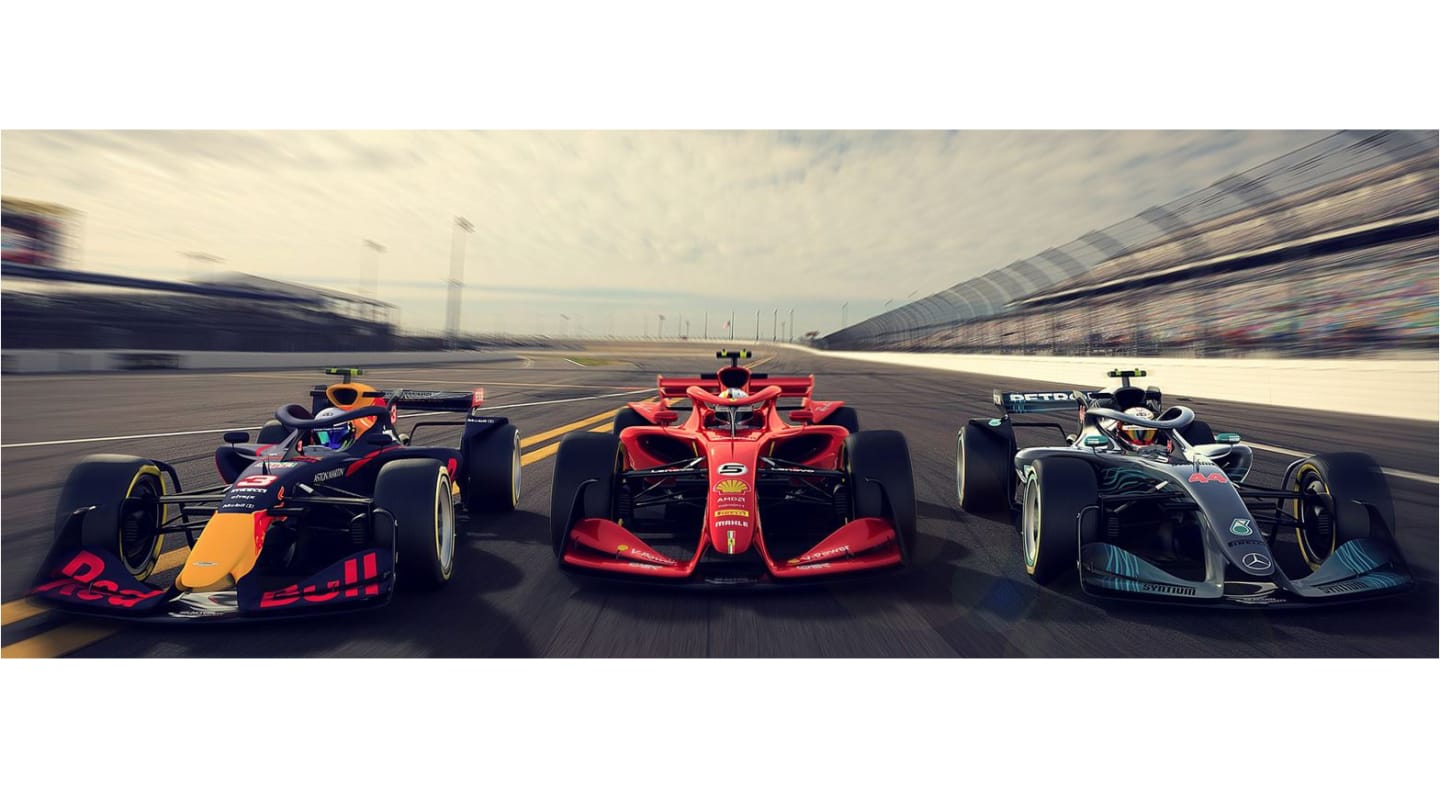
The future of racing?
Inspiring young people
F1 wants the cars of the future to be ones that get young people excited about motorsport. “I’ve been involved in a number of initiatives where F1 is a catalyst to get young people’s interest peaked in technology, the STEM topics - science, technology, engineering and maths," says Brawn.
"We’re short of engineers of the future. If F1 creates the passion for young people to get involved on engineering, in science topics, and technology, that’s a fantastic way of doing it.
"We want cars that are going to excite young people. F1 is a great opportunity to promote technology and through F1 in Schools, for the younger students, then there’s Formula Student, which is a competition that goes on in universities."
2021: Ross Brawn discusses concepts for F1's car of the future
Share
YOU MIGHT ALSO LIKE
TechnicalF1 Unlocked TECH WEEKLY: How McLaren are making the difference in F1’s intriguing 2025 aerodynamic race
News Madrid begins construction of F1 venue as Carlos Sainz becomes circuit ambassador
News Horner repeats message over Verstappen’s future as he stresses ‘we win and we lose together’
News ‘I was very proud on the pit wall’ – Stella recalls crucial moment of teamwork between Norris and Piastri’s Race Engineers in Jeddah

)
)
)
)
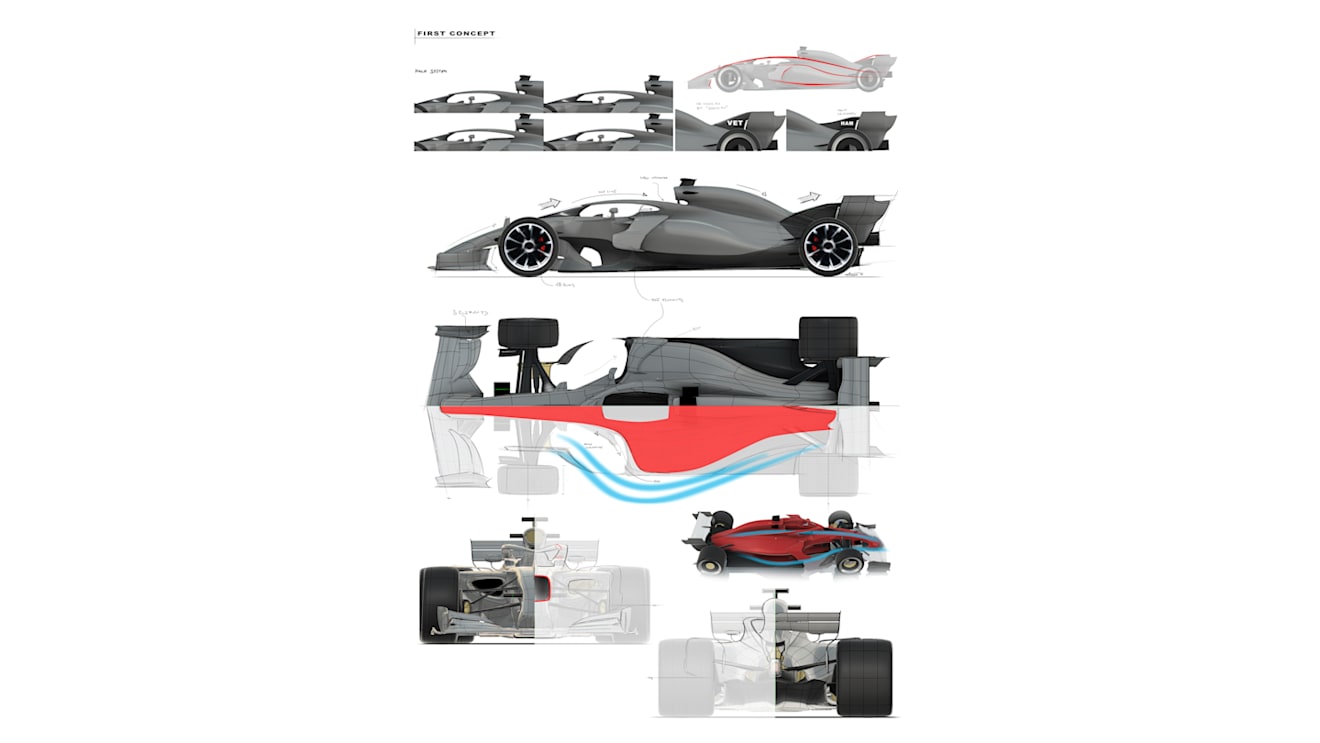
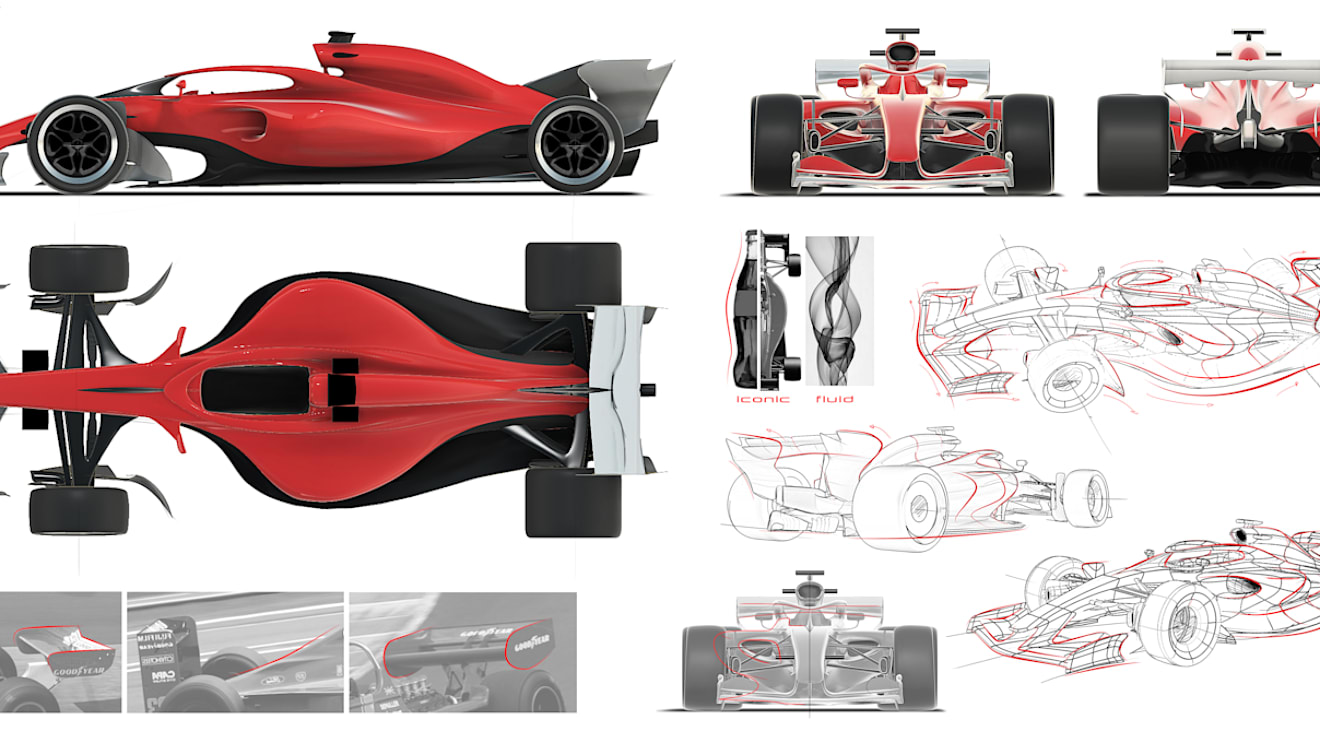
)
)
)
%20-%20MOD)
